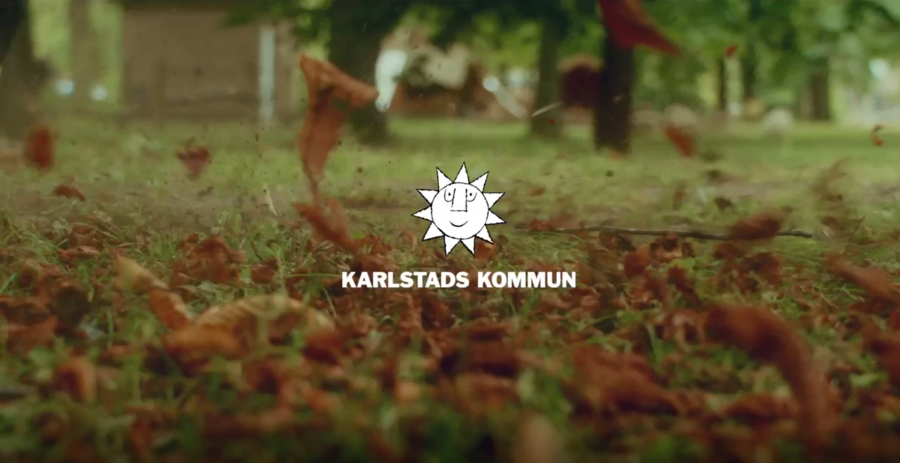By Adrian Fisher www.mazemaker.com
The earliest labyrinths in the British Isles were probably of the seven-ring Classical design, created as stone-lined paths or cut in turf; however, both these methods of construction are easily damaged or destroyed, and impossible to date once disturbed.
Britain's oldest datable labyrinths are made of Roman mosaic. The labyrinth motif was used in mosiac pavements throughout the Roman Empire, and about fifty have been found dating between 100 BC and 400 AD. Of these, six are in Britain, including those now on display at the Caerleon Legionary Museum in Gwent (second/third century), and in Hull City Hall (early fourth century).

Ireland's Hollywood Stone, c. 550 AD, is probably the earliest rock-carved labyrinth in the British Isles; the two rock carvings in the Rocky Valley near Tintagel, found in 1942 but impossible to date, may well be late 17th century. Also in the south west, the Scilly Isles possess Britain's best examples of stone-ring labyrinths; whilst this form can date back a thousand years or more in Scandinavia, the oldest British example, on St Agnes, may be as recent as 1729.
England contained many unicursal turf mazes, some possibly created during the Dark Ages by nordic invaders and settlers. Turf mazes are constructed simply by taking an area of turf, and cutting out gullies to form the barrier; the remaining upstanding turf becomes the path. Their names Troytown and Walls of Troy recall the seige of Troy and the penetration of its walls by deception, whilst Shepherd's Race and Robin Hood's Race imply vigorous running.
In England, the Medieval Christian labyrinth design never appeared inside ecclesiastical buildings. Many English turf mazes may have been cut at this time, or recut to the Medieval Christian design to banish their earlier pagan origins.
In Shakespeare's time turf mazes were still in active use, as can be discerned from "A Midsummer Night's Dream" (Act II, Scene I):
'The nine men's morris is fill'd up with mud,
And the quaint mazes in the wanton green
For lack of tread, are undistinguishable.'
This speech was complaining about the weather, and not implying that turf mazes were in decline, as some writers have suggested.
In 1660, the monarchy was restored, and turf mazes were again revived, for example at Hilton in Cambridgeshire where an inscribed pillar was erected to record its restoration. Over one hundred possible British turf maze sites have been detected, of which forty are known with certainty, yet only eight of these ancient turf mazes survive.
Garden Mazes
During the Middle Ages, formal gardens began to be established throughout Europe, enclosed for protection against the foraging of wild animals, and to provide shelter for better cultivation.

Early mazes often had royal connections. Henry II is reputed to have kept his mistress, the Fair Rosamund, in an unusual labyrinth at Woodstock Park; however, in about 1176, Queen Eleanor tricked her way into this labyrinth of stout walls and doors and forced the girl to choose between a dagger or poison; she drank the poison, and it is said that the king never smiled again. The site is marked today by a well and fountain in the grounds of Blenheim Palace.
By 1494 "a knot in a garden, called a mase" had become a commonly understood expression in England. Many early garden mazes were unicursal, with low plant-filled barriers, and were decorative rather than puzzles. Like knot gardens, they formed attractive patterns that could be appreciated close up, or from a raised surrounding walk or upstairs window. Often planted with fragrant herbs, evergreen plants ensured year round visual interest. Dwarf Box is not known to have been used until 1603.
The royal maze at Nonsuch Palace in Surrey was described in an early record in 1599 as having hedges so tall that one could not see over them. Similarly, at Theobalds in Hertfordshire, Lord Burghley had a garden hedge maze constructed about 1560, but it was destroyed in 1643 by rampaging troops during the English Civil War, "demolish'd by the rebels" according to John Evelyn in his Memoirs. Despite having hedges, both these mazes were unicursal, and probably the scope for concealing a puzzle was not appreciated.
William III built the famous hedge maze at Hampton Court Palace about 1690, having created one in 1682 at Het Loo Palace in Holland. Since then, the Hampton Court maze has inspired hedge mazes throughout the English speaking world, including those at Tatton Park (1890), Albert Park in Middlesborough (1894), Mentmore Towers (1899), Knebworth House and Castle Bromwich Hall.
In the late seventeenth century, "block" hedge mazes appeared; rather than having hedges of uniform width, the paths ran through thick blocks of shrubs. The block maze formerly at Trinity College Oxford was removed in 1813, and there were others at Belvoir Castle, Boughton, Exton Park, Badminton and Castle Howard.
Between 1818 and 1830, the 4th Lord Stanhope planted a maze at Chevening to a design by the 2nd Earl (1714-1786) who was an eminent mathematician. The design was highly innovative, taking maze puzzlement to the most complex two-dimensional form possible; in Victorian times, this maze design was copied at Anerley Park, North Woolwich and at Beauport House near Hastings. By contrast, in 1833 Alfred Fox planted a delightfully informal laurel maze with sinuous hedges on the side of a valley at Glendurgan in Cornwall.
The 'Italianate' style of gardening became popular during the 1840s; such schemes often involved a hedge maze, such as at Shrublands Hall and Bridge End Gardens in Saffron Walden (1839). The maze at Somerleyton Hall (1846) has a central oriental pavilion; a replica of the Somerleyton Maze was planted at Worden Park, Lancashire (1886). A Chinese influence prevailed at Woburn Abbey, whose maze with its delightful painted pavilion is in the private gardens. Also in the private gardens, the strictly rectangular yew maze at Hatfield House (1840) is thought to replace an earlier maze.
Victorian hedge mazes were also built in public parks such as Saltwell Park, Gateshead, the Royal Horticultural Society's Gardens in South Kensington (1851), and at the Crystal Palace (1865), and in public pleasure gardens such as Ranelagh Gardens, Vauxhall Gardens and Beulah Spa, all in London, and the Rosherville Gardens, Gravesend. Hedge mazes were created in private gardens, and the British enthusiasm for mazes spread to Australia and the United States. In England, Christian pavement mazes appeared in Ely Cathedral (1870), and the churches of Itchen Stoke (1866), Bourn (1875) and Alkborough (1887).
In the twentieth century, the social and economic upheaval of two world wars imposed harsh neglect on existing gardens. For half a century it was difficult to maintain gardens let alone develop them, and many existing mazes were abandoned whilst few new ones were created. In 1922, W. H. Matthews was begging "Let us at any rate see to it that no more of these rare and interesting heirlooms are lost to us through ignorance or neglect". The book he wrote eventually proved to be a key factor in reviving interest in the subject.
By Adrian Fisher www.mazemaker.com








